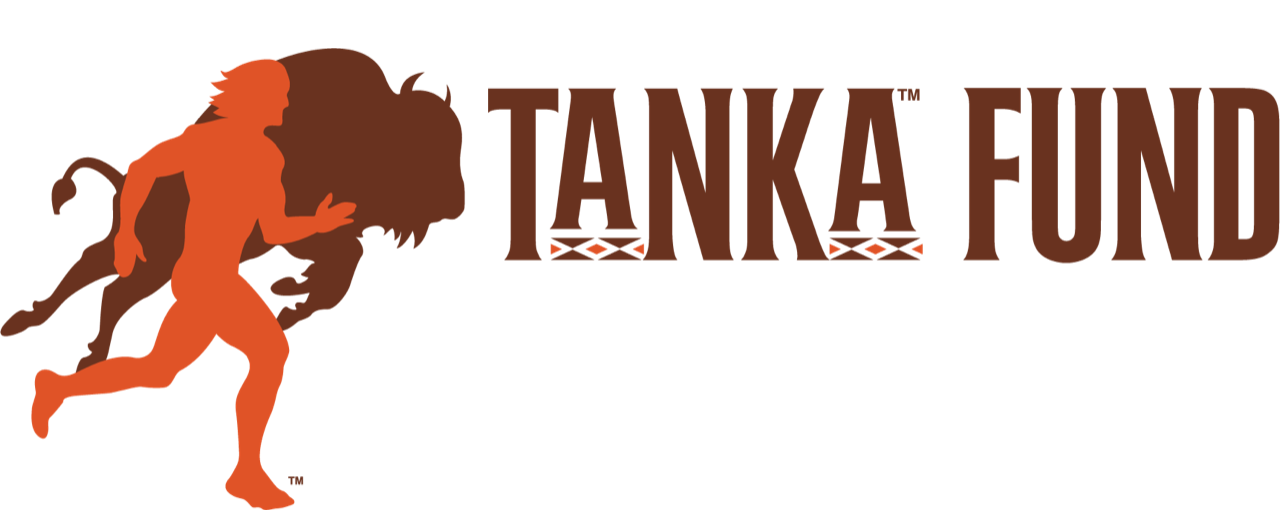Technical Service Spotlight: Prescribed fire
Prescribed fire has long been used by Indigenous communities to renew grasslands and support the animals and people who depend on them. At Tanka Fund, Range Ecologist Janét Moore works with ranchers to restore prairie health through safe, intentional burning. Fire improves forage quality, supports Buffalo herds, and helps push back invasive species. When done with care, fire becomes a vital tool for land healing and cultural continuity.
5 Key Points:
Fire resets the prairie.
Burning removes old, low-quality grass and promotes fresh, nutrient-rich regrowth.Native plants are resilient.
Prairie species store 80% of their energy underground, allowing them to recover after burns.Ash boosts soil nutrients.
Fire increases phosphorus levels in the soil — a key but often limited nutrient.Woody encroachment is costly.
The Great Plains loses over $323 million in forage annually due to woody species.Safe burns need planning.
Janét advises contacting fire officials, working with burn associations, and always wearing natural fibers.
Read more below.
Fire is often misunderstood. But for the Great Plains it’s renewal. Indigenous communities have long used fire to shape healthy grasslands and sustain the animals and people who depend on them.
At Tanka Fund, our technical services include supporting ranchers with prescribed fire education and land health assessments. Range Ecologist Janét Moore works directly with rancher partners to help ensure pastures are healthy, balanced, and resilient for the long-term success of Buffalo herds.
Grasses have a rapid growth phase when they are most nutritious and palatable,” said Janét. “But as they age, nutrition decreases dramatically and they become unpalatable, although bison will eat more dead material than cattle.”
When that dead material builds up, it forms a thatch layer that smothers other native species. Prescribed fire helps remove that low-quality, coarse standing material left over from previous years, allowing the land to breathe again.
Perennial prairie plants keep about 80% of their energy stored below ground,” Janét explained, “so they are able to recover from a wildfire or heavy graze.”
That ability to bounce back is one of fire’s hidden powers. After a burn, regrowth is highly digestible and palatable across the whole patch, which reduces overgrazing of only the most nutritious plants and gives the whole prairie a chance to reset.
Another benefit is an increase in available phosphorus,” she added. “which can be quite limiting, as it concentrates in ash.”
A practice rooted in tradition and urgency
Indigenous people have long used fire as a management tool to maintain the health and diversity of grasslands. For example, the tallgrass prairies of Illinois were largely shaped by Native fire practices, which created millions of acres of biodiverse, productive land.
Today, that practice is once again proving essential, especially in fighting woody encroachment, one of the most pressing threats to the prairie. In the absence of fire and bison, woody species spread quickly, reducing usable forage.
“Every year, the Great Plains loses about $323 million, which is the equivalent of 37 million round bales, in forage due to woody encroachment,” Janét said, citing the Great Plains Grasslands Extension Partnership. “And it’s increasing every year.”
Prescribed burning is one of the few ways to push back, but it comes with added risk and requires more planning and precaution.
“Combating woody encroachment means hotter burns,” Janét said. “That requires wider firebreaks, more suppression equipment, and good coordination.”
Burning safely, with intention
Prescribed fire isn't something to take lightly, but with the right team and preparation, it can be done safely and effectively.
Janét recommends that anyone considering a burn first check with their local fire chief to see if there’s a burn ban in place or if a permit is required.
“Prescribed burn associations can help you create a burn plan and conduct it safely,” she advised. “The BIA has fire crews that may assist, and The Nature Conservancy has staff trained in controlled burns.”
And when it comes to safety gear:
Always wear natural fibers,” Janét said. “Synthetic fabrics can melt and cause severe burns.”
Prescribed fire is part of a larger cycle of renewal and land management. It’s one of the most powerful ways to restore grasslands, support Buffalo herds, and honor Indigenous knowledge that’s kept the prairie thriving for centuries.
As Janét put it, “Prescribed fire helps the land reset — so all the plants, not just the favorites, get a chance to thrive.”
Fire with Intention: Tips for Burning Safely
Prescribed burns aren’t done on a whim. They require planning, partnership, and precaution:
Contact your local fire chief to check for burn bans or permit requirements.
Partner with a local prescribed burn association to create a burn plan and ensure a safe, effective fire.
Reach out to the BIA or The Nature Conservancy — both often have fire crews available to help.
And always: wear natural fibers. Synthetic clothing can melt and cause severe burns.
#TankaFund #BuffaloConservation #SupportNativeRanchers #WildlifePreservation #ProtectTheBuffalo #SustainableRanching #NativeAmericanHeritage #ConservationEfforts #WildlifeProtection #SupportIndigenousCommunities #BuffaloRestoration #DonateForACause #WildlifeSupport #CulturalPreservation #IndigenousLandManagement #HelpSaveTheBuffalo #BuffaloHeritage #SustainableAgriculture #LandsLivesEconomies #Donate #Buffalo #Bison #TheReturn #NativeAmerican #Indigenous #Resilience #Restoration #CommunityEmpowerment #Sustainability #SustainableRanching #BuffaloRanching #CulturalRevitalization #Biodiversity #TankaImpact #FoodSovereignty

